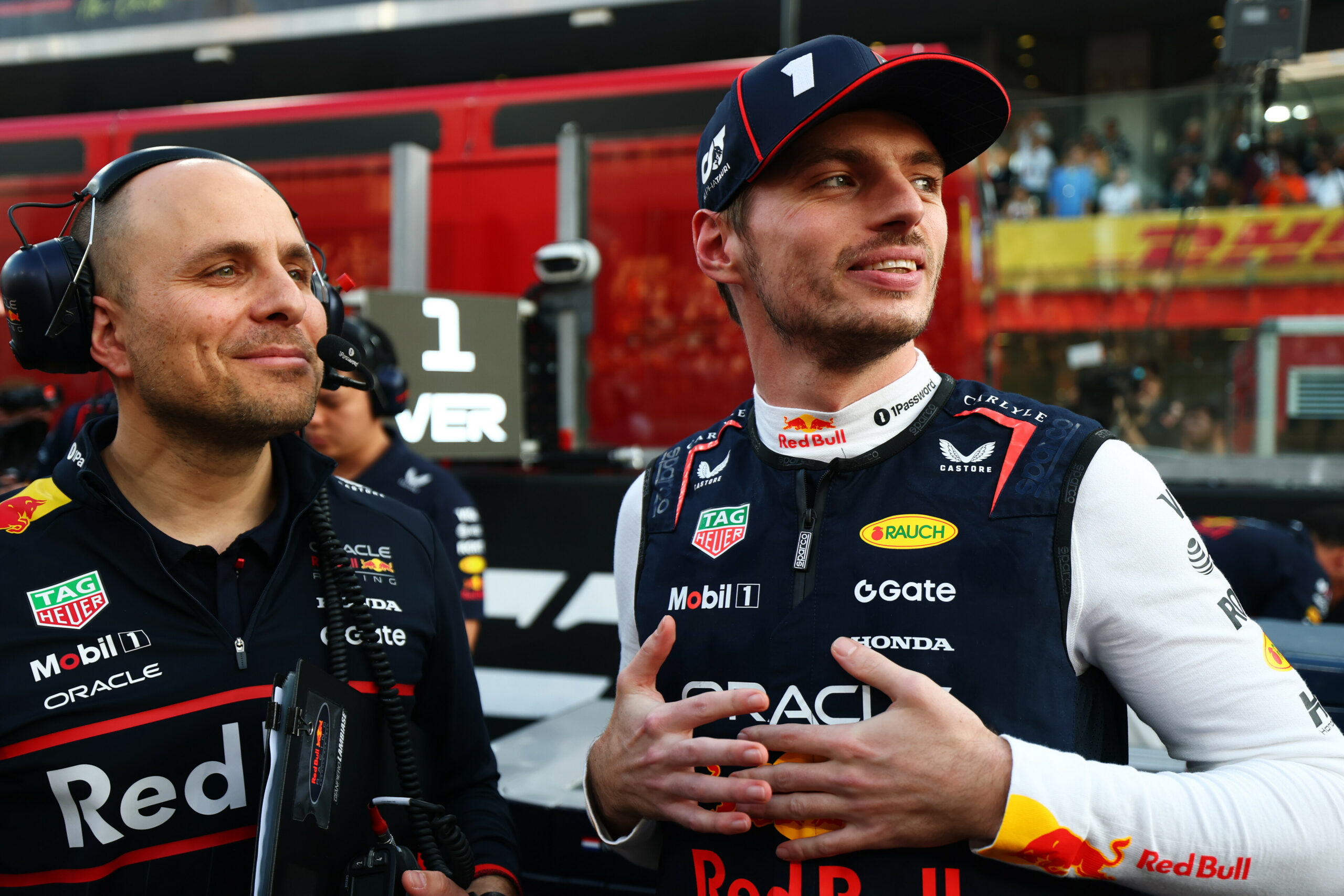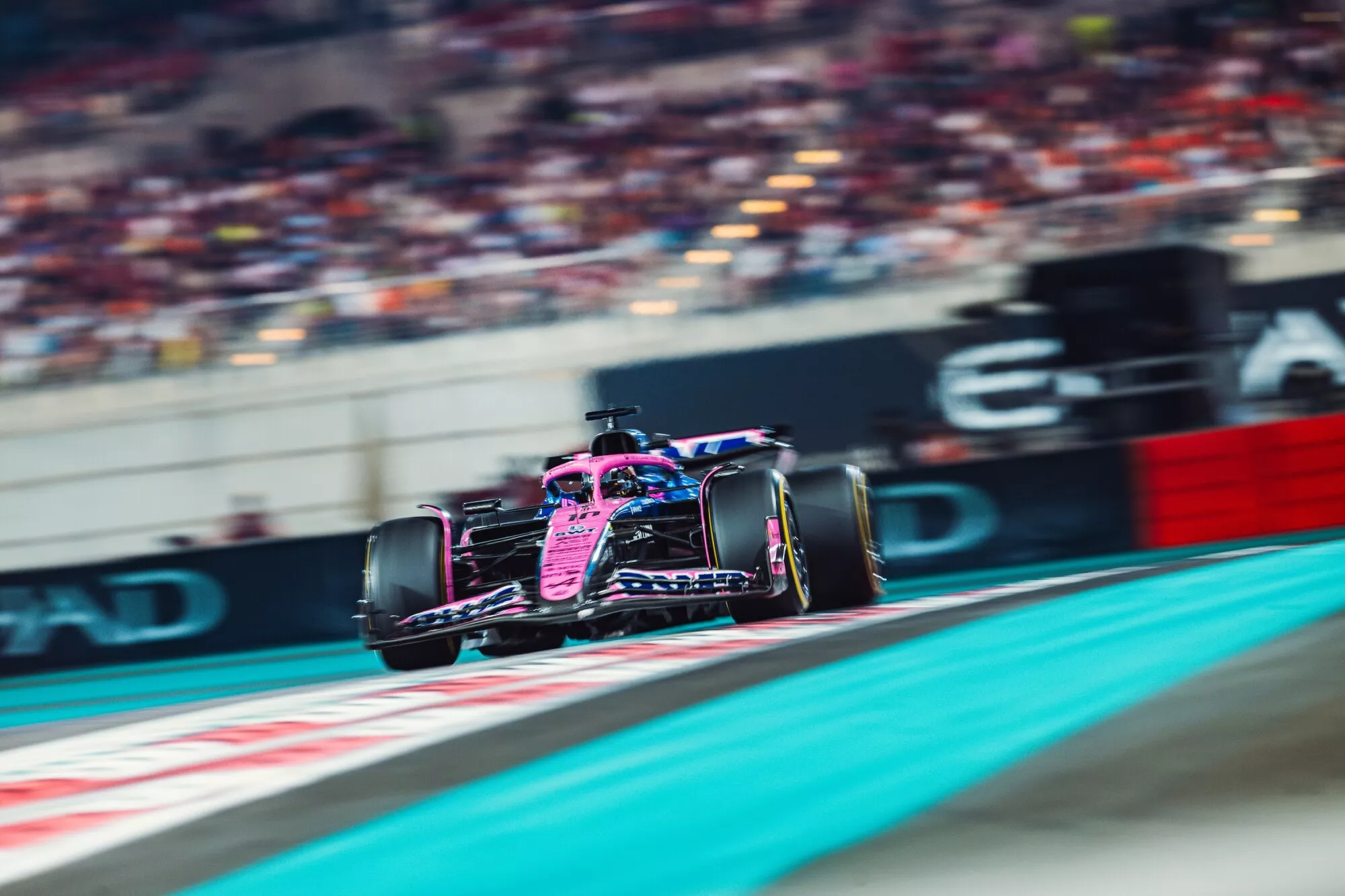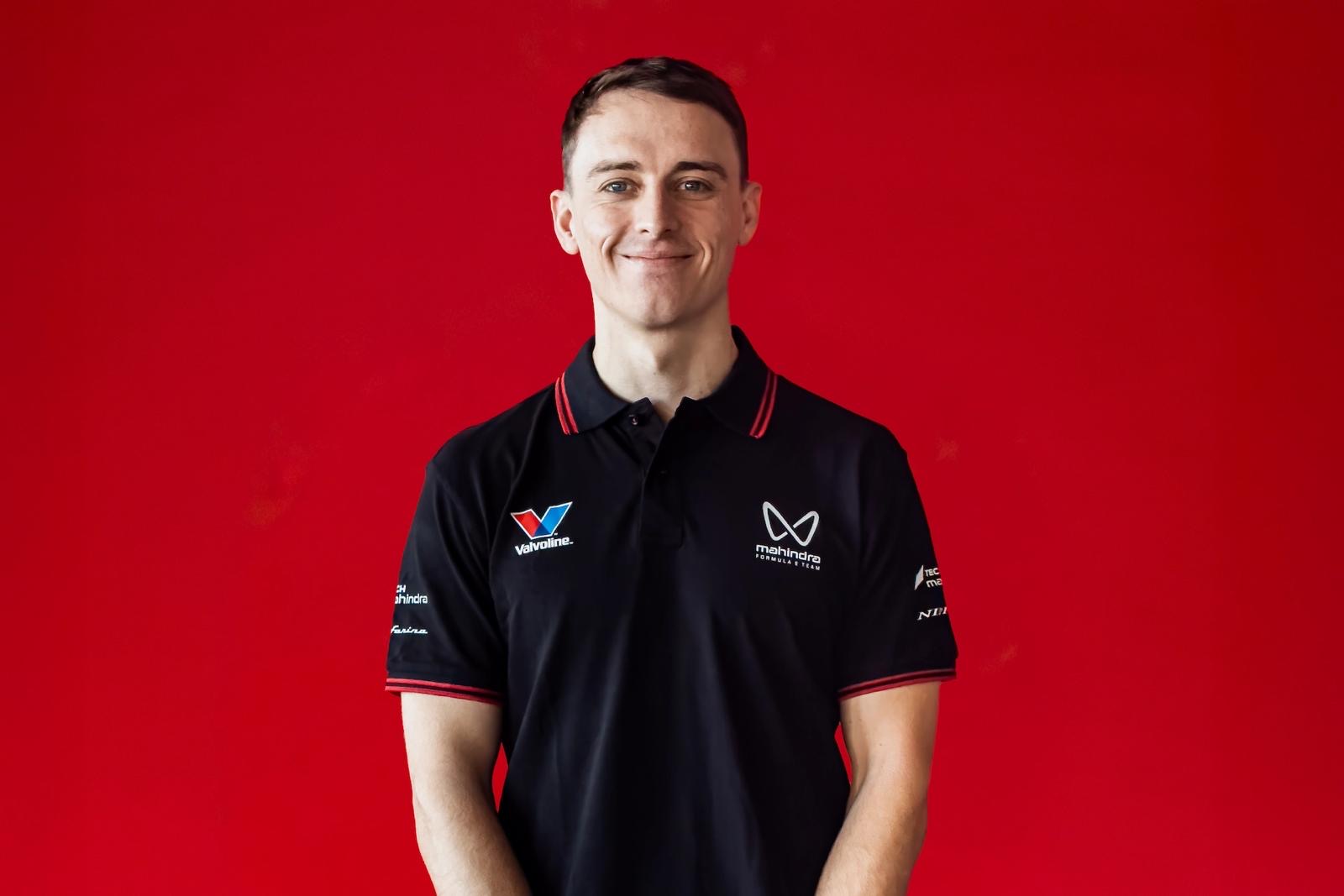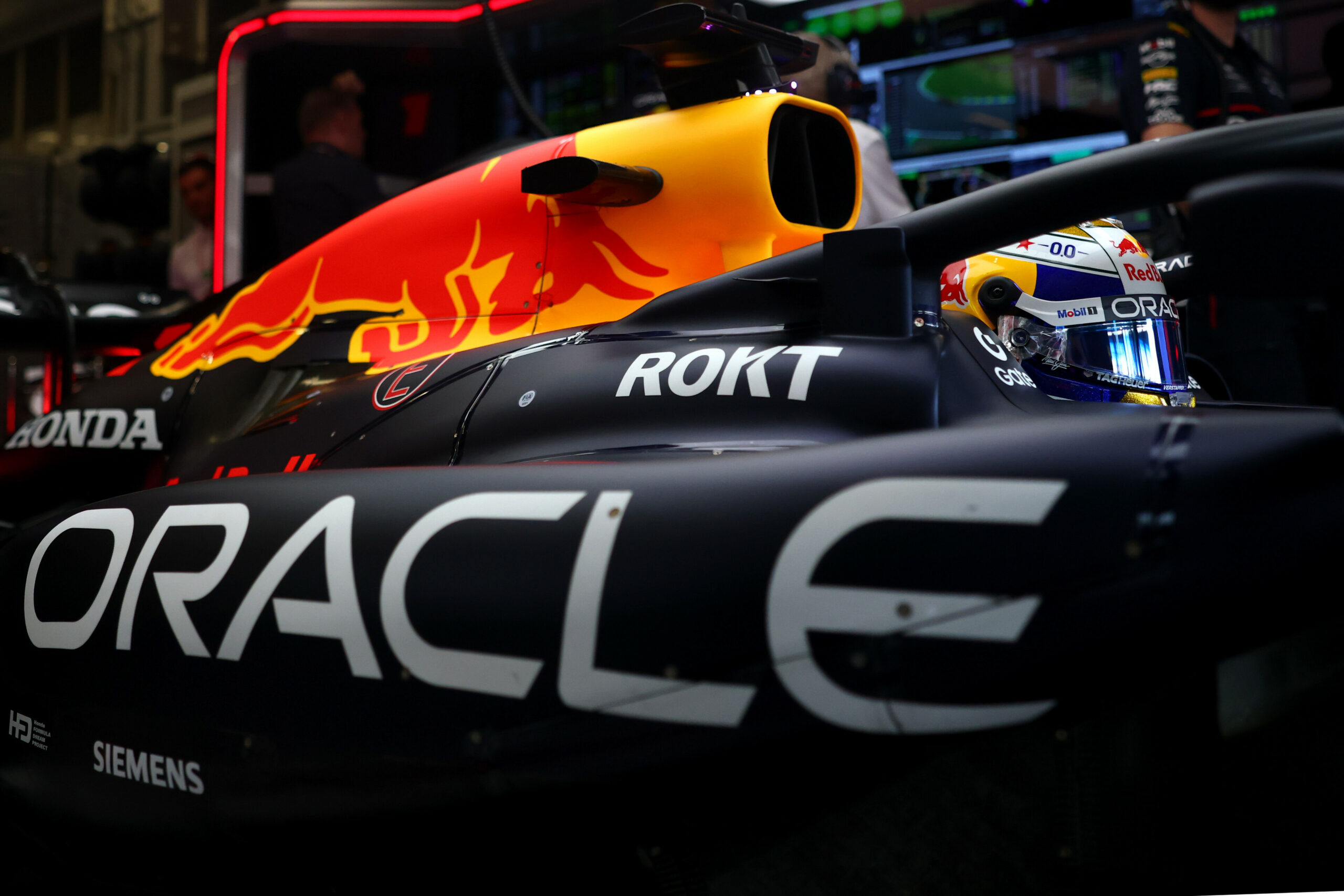McLaren have found themselves on a road to resurgence following their triumphant return to the podium—in front of the home crowd at the British Grand Prix, no less.
The team worked hard to bounce back after a difficult start to the year (with Lando Norris openly calling 2023 the toughest season he’s had in his F1 career to date). In the wake of Andreas Seidl’s departure, the Woking-based outfit entered something of a transition period.
Andrea Stella, the Italian engineer who was named McLaren’s new team principal in December, has been credited with propelling much of the positive change over the past few months.

Photo credit: McLaren Racing
“My focus is just doing the right things,” Stella told the media after the British Grand Prix. “I just focus on performance, on creating a vision for the team and making sure that everyone understands what the vision is, what the direction is.
“But the most important thing is you don’t do these things alone, I’ve been very, very well supported. Even the collaboration with Zak has been incredibly close and strategic. So it would be a mistake to say ‘I’ or ‘you’, it’s group work, even when it comes to the leadership.”
“The Formula 1 team is too complex to think that somebody alone can turn a situation around. You obviously have to recognise who are the people that should be part of this journey.”
McLaren announced a major reshuffle in its technical department in late March in response to the car’s subpar performance in testing and the opening rounds of the season. One of the notable casualties of this reshuffle was James Key, McLaren’s previous technical director.
Asked whether Key’s exit contributed to getting McLaren back on track, Stella clarified that the restructure was never about hiring or firing certain employees, but rather represented a shift in the team’s philosophy and approach regarding the technical department.
“You mentioned the technical director; it’s not about the person at all. We wanted to establish a different model based on distributing the aerodynamics, the concept and performance and the engineering and design function in three different areas.
“This is just a different way of working. It has nothing to do with somebody in particular.
“We as a leadership group wanted to have focus on aerodynamics, focus on performance and concept, focus on engineering and design and this requires a more of a distributed model when it comes to the technical organisation. So that was the rationale.
“If we talk about the leadership that contributed to the change, I want to praise all the people that work with me—Piers Thynne, the chief operating officer, Daniel Gallo, the chief people officer, and then certainly all those under the coordination and the strategic input from Zak. So, teamwork.”





